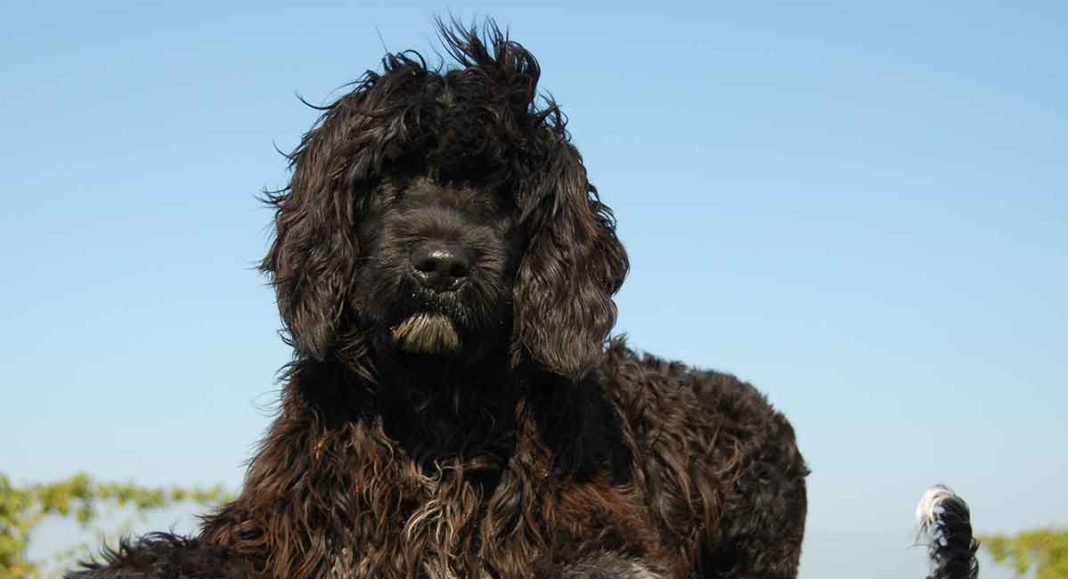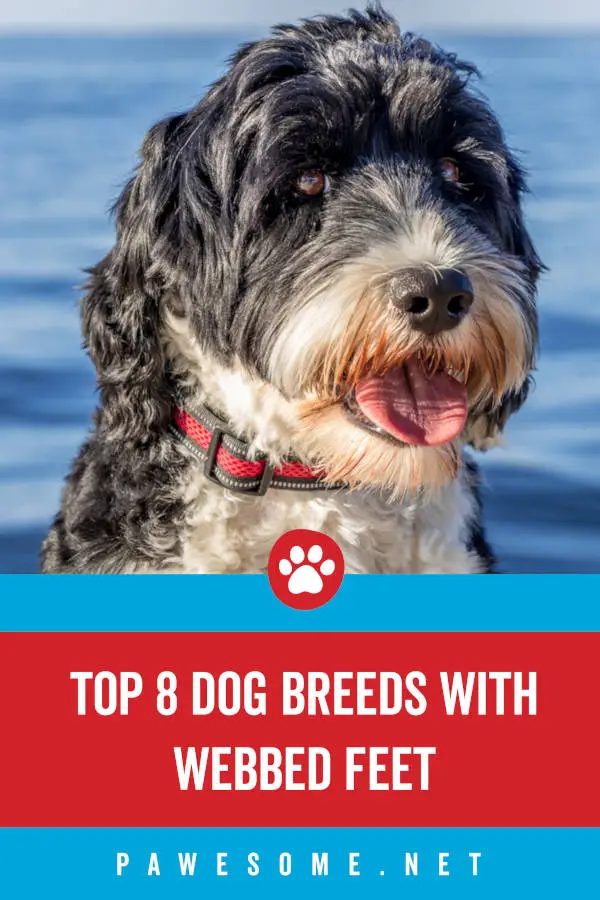

If you see a wolf and it doesn’t seem afraid, it could either be sick or more accustomed to seeing people. Wolves aren’t used to people, and will likely run away if they see you. However, if you do see if a wolf in your yard, stay calm. If you see wolf tracks in your yard, they’re likely passing through on the way to hunt or find shelter. Another way to identify wolf tracks in comparison to other canines is that they tend to walk in a straight line, while dogs walk in a more erratic pattern. Wolves also rely on their stealth, and are often cautious while they’re traveling. Because they are a relatively large canine, the toes in their tracks will also be more spread out compared to other canine tracks. They have four symmetrical toes on their front and back feet, and the front track will be a little bit longer and wider than the back. The print measures about four inches long. Factor to IdentifyĪ wolf is the most massive canine with the biggest paw. These animals live and travel in packs, so if you see one print, there are likely to be more in the same area. But they can be found in the Great Lakes, the northern Rockies, and the Southwestern United States. Granted, these dogs don’t live in the tropics but when the situation demands, they can adapt very well.Wolves have been hunted for decades, so they aren’t as plentiful as they once were. It acts like winter shoes of sorts, making it easy for the dogs to walk in the ice and snow. The webbing gives a good grip so the dog doesn’t slide on the ice. They serve a great purpose for the survival of the dog in the tropics.
Paw webbed dog feet vs non webbed skin#
The skin acts as a shovel, helping the dog to both dig the dirt and get it out the way with relative ease. With webbed feet, the dog can dig efficiently and faster.
Paw webbed dog feet vs non webbed how to#
Knowing how to retrieve animals that burrow the ground to take cover can come in handy out there. Prey sometimes hides in the unlikely of places.

Webbing is mostly central to swimming but it also has other benefits for the Plott Hound. A Plott hound without webbing must tear through the water.Still, he enjoys his time playing with water. The membrane widens the foot and makes it flat against the water increasing its surface area. Those with webbed feet obviously move through the water faster than those that don’t. Both varieties-webbed and non-webbed-enjoy swimming a lot. From lakes to swimming pools and rivers, this breed likes being in the water. There are a number of recreational activities a Plott Hound likes to participate in, one of which is swimming. Some dogs just end up with the trait while others don’t, even those of the same litter. Sometimes, genetics play a hand in how the feet will end up. Webbing helped the dogs with water agility. In most cases, breeders developed certain canines with webbing to retain the trait. Selective breeding is partly to blame for webbing (or lack thereof) among Plott hounds.

Since the breed was developed to hunt game, webbing comes in handy in more ways than one. Some dogs from the breed have webbed feet while some don’t. With a black nose, brown or hazel eyes, muscular build, high-set ears, and round, solid feet, the Plott Hound is a remarkable beautiful dog. He can paddle for hours without getting tired, thanks to his webbed feet. If you’ve ever owned a lab, you can attest to his amazing ability to swim. The most common example is the Labrador retriever. Only a handful retains the webbing into adulthood. A majority of them just lose it as they grow older. He’s equipped with a special membrane between the toes that help him navigate the water easily. When it comes to swimming, the animal that comes to mind is the duck.


 0 kommentar(er)
0 kommentar(er)
